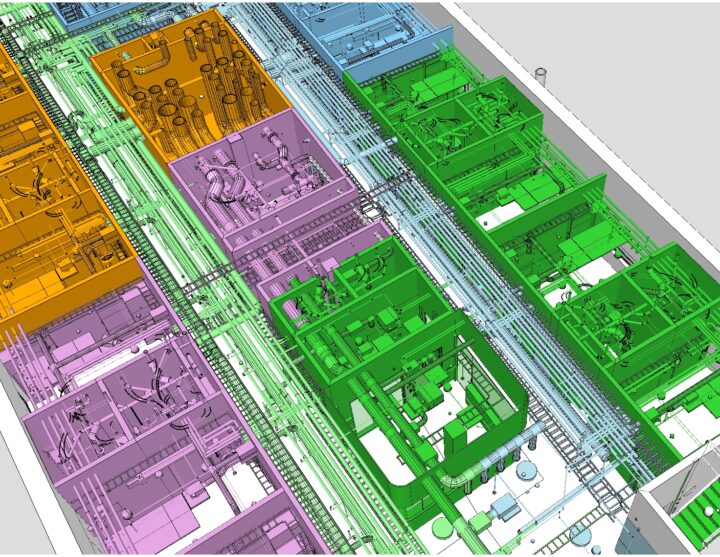Simplebim® Scenarios
11.02.2017
Simplebim® can be used by different actors in the BIM exchange. In the following I’m going to go through different scenarios and discuss their benefits and shortcomings.
Simplebim® is used by the BIM User

In this scenario the requirements for the BIM exchange are not defined very well and there are only weak mechanisms in place for defining and enforcing the quality of the exchanged IFC models. The BIM User has little influence over what kind of models are delivered. Today this is still the most common scenario.
The role of Simplebim® is to tell the BIM User how well the IFC models fit the requirements of their Receiving System. When something does not fit, i.e. there are issues, the BIM User can use the many copy-editing functions in Simplebim® to make the model fit. The BIM User can also communicate the issues to the BIM Author using BCF and ask for a new version of the IFC model where the issues are fixed. The best approach depends on the specific circumstances of the exchange, for example how willing the BIM Author is to make modifications and how the resulting delays fit into the project schedule.
From the process point of view this scenario is far from perfect, but with Simplebim® it already works considerably better than without it.
Simplebim® is used by a BIM Consultant

In this scenario the project has a BIM Consultant or coordinator, who is responsible for defining the BIM deliverables and monitoring their quality. The BIM Consultant knows the requirements of the Receiving System, but the level of influence over the BIM Author depends on the organizations, persons and contracts involved.
The role of Simplebim® is to tell the BIM Consultant how well the IFC models fit the requirements of the Receiving System. Based on this information the primary method of the BIM Consultant is to communicate the issues to the BIM Author via BCF. The BIM Consultant might do some obvious copy-editing in Simplebim®, but will probably be reluctant to change the model very much.
From the process point of view this scenario is already much better, but using a separate BIM Consultant still makes the data exchange slower and more expensive.
Simplebim® is used by the BIM Author

This scenario can have two variations. If there are no formal requirements for the exchange at all, the BIM Author should always at least know what is inside the IFC model they deliver. This is basically a preview, and with Simplebim® any obviously unnecessary data can be trimmed from the model.
In the better scenario the BIM Author is providing well defined, quality controlled BIM as a service product. The BIM Authors can themselves trust the data they deliver and can take similar professional responsibility for it as they already do for drawings and other documents. Because of this the BIM User can also trust the data and it works without problems in the Receiving System.
The role of Simplebim® is to tell the BIM Author how well the IFC models fit the requirements of the Receiving System. Based on this information the BIM Author can make the necessary modifications in the BIM Authoring Application. In some scenarios it is also better to use the copy-editing features that to edit the original model. It might for example be necessary to shorten space names such they fit on drawings, but it is better to have the full name in the IFC exchange. The BIM User may also want another color scheme, another building storey division or some properties simply need to be moved inside the IFC model.
From the process point of view this is the best scenario. The BIM Author provides clear added value to the BIM User and we have the shortest and most efficient feedback loop for reaching the required quality.
Simplebim® is used by both BIM Author and User

This scenario is similar to the previous one as the BIM User receives a well-defined and quality controlled BIM from the BIM Author. However, it is not always the best solution that all requirements of the Receiving System are satisfied by the BIM Author. If the BIM User is for example a construction company it is better that the spatial division into construction sections is done by the BIM User. This is more straight forward than instructing and requiring the BIM Author to do the same. It may also be easier for the BIM User to apply a color scheme rather than have the BIM Author do it. Other examples include organizing the model into systems and zones, or re-defining type objects for FM purposes.
From the process point of view this scenario is a further refinement of the best one. It allows us to make the most efficient choices about the tasks and responsibilities of both BIM Author and User.


